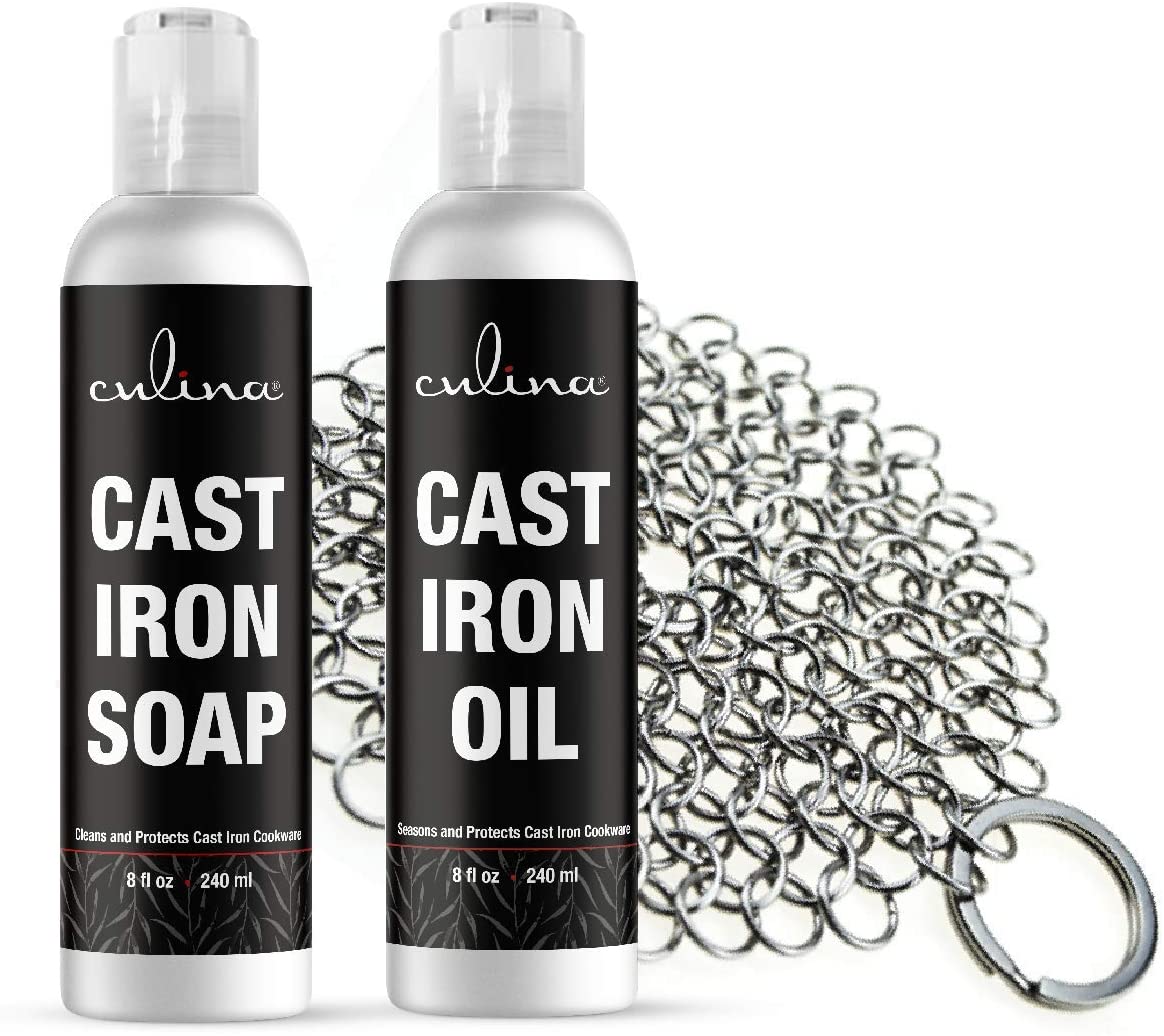In the world of culinary arts, the cast iron skillet stands as a timeless piece of technology admired by kitchen experts and enthusiasts alike. If you’re a kitchen professional, you likely understand the necessity of maintaining your cast iron skillet in peak condition.Seasoning your cast iron skillet with olive oil is a crucial step to ensure that your skillet remains non-stick, rust-free, and capable of delivering delightful dishes meal after meal.

What is Cast Iron Seasoning?
Before diving into the details of how to season a cast iron skillet with olive oil, it’s essential to understand what seasoning is. Seasoning refers to the process of applying a layer of fat or oil to the skillet and heating it to create a protective, non-stick coating. This layer is formed by the oil breaking down into a type of plastic that bonds with the cast iron upon heating, creating a slick and durable surface.

Why Use Olive Oil?
Olive oil is a popular choice for seasoning because of its accessibility and numerous advantages. It has a relatively high smoke point, which is crucial for the seasoning process. Additionally, olive oil provides a smooth, well-distributed coating, which helps maintain the skillet’s non-stick properties.

Step-by-Step Guide: Seasoning Your Cast Iron Skillet with Olive Oil
Here’s a detailed guide to help you season your cast iron skillet with olive oil effectively:
1. Clean Your Skillet
Before you begin, ensure your skillet is clean. You can use a stiff brush or a scrubber to remove any food particles or rust. For a more detailed cleaning method, refer to greasy cast iron.
Once cleaned, dry the skillet thoroughly using a towel or by heating it on the stove for a few minutes. Any residual moisture can cause rust and interfere with the seasoning process.
2. Apply Olive Oil
Pour a small amount of olive oil onto a paper towel or cloth, and spread it across the entire surface of the skillet, including the handle and the outside. You want a thin, even coat that covers all areas.
3. Heat the Skillet
Preheat your oven to 375F (190C). Place the skillet upside down on the middle rack with a baking sheet or aluminum foil on the lower rack to catch any drips. Bake the skillet for an hour. This step is crucial because the heat allows the oil to bond with the cast iron, creating the non-stick, seasoned layer.
4. Repeat the Process
For optimal results, especially if your skillet is new or has been stripped of its previous seasoning, repeat the oil application and heating process 3-4 times. This ensures a robust and durable seasoning layer that will serve you well in your cooking endeavors.
Maintenance Tips
Maintaining your seasoned cast iron skillet is just as important as the initial seasoning. Here are some excellent tips to keep in mind:
Avoid Soap
While it’s tempting to use soap to clean your skillet, it’s generally discouraged as it can strip away the seasoning layer. Instead, use hot water and a brush. For more cleaning methods, visit clean cast iron.
Dry Immediately
Always dry your skillet immediately after washing to prevent rust formation. A quick way to ensure it’s completely dry is to place it on the stove over medium heat for a few minutes.
Reapply Oil
After each use, apply a light coat of oil to the skillet to maintain the non-stick surface and protect it from moisture.
The Benefits of Using a Properly Seasoned Cast Iron Skillet
Seasoning your cast iron skillet with olive oil offers numerous benefits:
- Non-stick Surface: A well-seasoned skillet is naturally non-stick, reducing the need for cooking sprays or excess oil.
- Enhanced Flavor: The seasoned surface enhances the flavors of your dishes, making them more delicious.
- Durability: Proper seasoning extends the life of your skillet, making it a long-lasting investment.
Common Mistakes to Avoid
While seasoning a cast iron skillet with olive oil is straightforward, there are common mistakes to avoid:
Using Too Much Oil
Applying too much oil can lead to a sticky residue on the skillet. Always use a thin, even layer.
Skipping the Heating Process
Heating is essential for the oil to bond with the iron, so never skip this step.
Failing to Clean and Dry Properly
Ensuring your skillet is clean and dry before seasoning is crucial to prevent rust and ensure a smooth finish.
FAQs
Can I use other oils besides olive oil?
Yes, you can use oils like flaxseed, canola, or vegetable oil, but olive oil is a popular choice for its availability and high smoke point.
How often should I season my cast iron skillet?
While there is no strict rule, re-seasoning once every 3-6 months is a good practice to maintain the skillet’s non-stick properties.
Can I use my skillet immediately after seasoning?
Yes, once the skillet has cooled down after the seasoning process, it’s ready for use.
As an Amazon Associate, I earn from qualifying purchases.
repair cast ironrecipechili in dutch oven
Conclusion
Seasoning your cast iron skillet with olive oil is a valuable skill for any kitchen professional. By following this step-by-step guide, you can ensure that your skillet remains in excellent condition, providing you with delicious meals for years to come. Remember, the key to a perfectly seasoned skillet is proper cleaning, using the right oil, and consistent maintenance.

